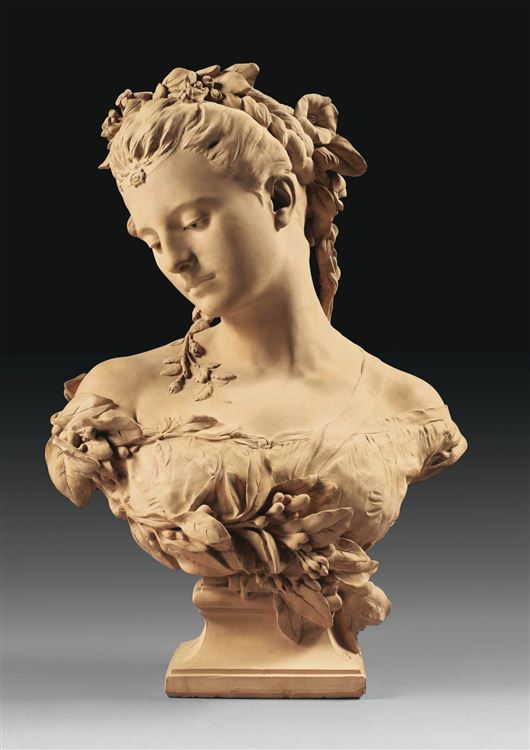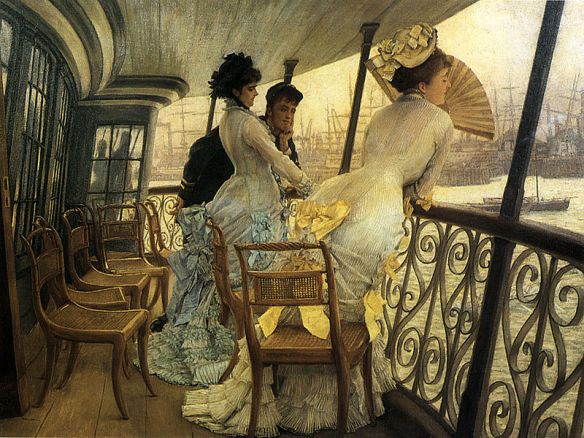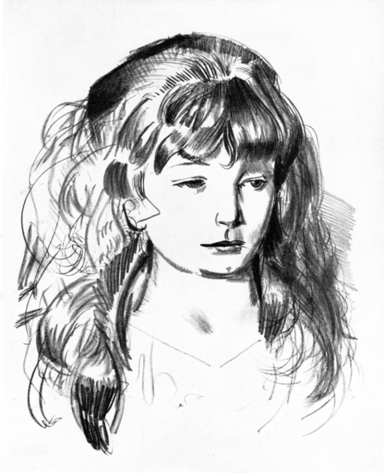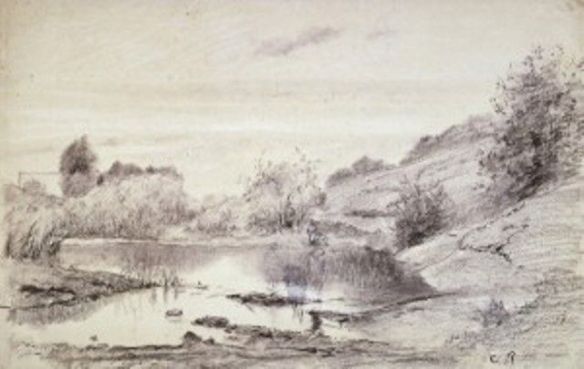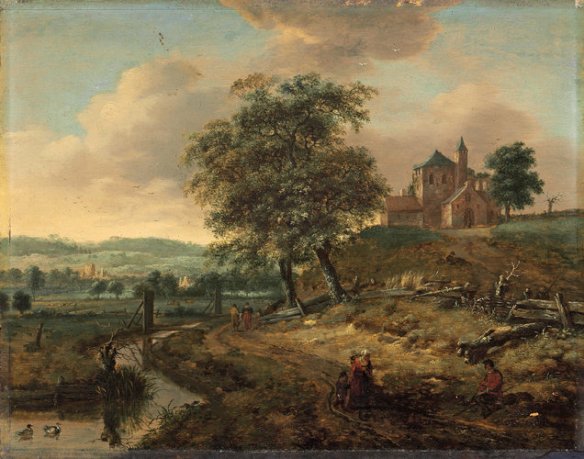By Carole Vogel
Published: October 25, 2013, The New York Times
LET us, for the moment anyway, dispense with the phrase “record prices” and forget about all the auction frenzy — the $120 million paid for a pastel by Munch; the $155 million for La Reve by Picasso or the $104.3 million for a Giacometti sculpture. These numbers seem more like money in a Monopoly game than reality.
Let us instead explore another, little-told side to the fine art market: those pockets of the art world, or individual artists, that are overlooked and still within the realm of affordability.
“Sixty percent of our clients collect in areas other than postwar and contemporary art, where price and quality have remained stable over the past decade,” said Marc Porter, chairman of Christie’s in America. “There are still active buyers in these fields, people who are not interested in current fashions but rather in discovery, connoisseurship and history.”
Often it takes homework and an open mind to find a gem of a painting that doesn’t break the bank. “It’s not an elite club,” said Polly Sartori, head of 19th-century European paintings, drawing and sculpture at Sotheby’s. In her field, she explained, “Outside of the big names, there are artists with a very good story to tell.” Barbizon landscapes, for instance, may have brought big prices in the 1980s but are for the most part unpopular today, so there are still plenty around for the taking. There are also 19th-century maquettes — small sculptures in plaster or terra cotta that are studies of larger works — that are fascinating and available, by artists like Jean-Baptiste Carpeaux**, who will be the subject of a show at the Metropolitan Museum of Art next year.
Other recent museum shows have included some of these lesser-known 19th-century artists. Earlier this year when the Met held the much-praised exhibition “Impressionism, Fashion and Modernity,” besides greatest hits by Renoir, Manet, Monet and Degas there were canvases and sculptures by James Tissot,**
Albert Bartholomé and Jean Beraud, little known outside of art circles perhaps, but nonetheless contemporaries and friends of the French Impressionists. Works by these artists come on the market regularly and are often ignored by collectors. As a result, their prices have dropped over the years.
Canvases by Orientalist painters like Alberto Pasini and Théodore Frère, whose names are not as familiar as those of their more famous colleagues like Gérôme, are also around for the taking, often priced from $10,000 to around $50,000. Cheaper still are oil sketches by some of the great 19th-century artists like Bouguereau and Gérôme. “Many are in the $10,000 to $15,000 range and have the same spontaneity as you’ll find in an Impressionist painting,” Ms. Sartori said.
Drawings in general dating from centuries ago right up through today can be had for anywhere from a few hundred dollars to a few thousand. The same can be said for prints and photographs. You just have to know where to look.
“The most overlooked prints right now are pretty much anything from the 15th century to the beginning of the 20th century,” said Mary Bartow, head of Sotheby’s print department. “Only great images by Rembrandt and Dürer bring over $20,000.” And although they were popular in the 1980s and early 1990s, she added, French color prints by artists like Bonnard,**
Vuillard, Renoir and Toulouse-Lautrec are considered unfashionable these days and therefore their prices have been in decline.
The array of 20th-century American prints made before 1945 are relatively cheap, too, with those by artists like Thomas Hart Benton, George Bellows**
and Grant Wood selling for less than $2,500.Prints made by contemporary artists vary, but they can still be had for a fraction of what a painting by the same artist can fetch.
“You can get great works of art by an artist everyone has heard of,” Ms. Bartow said. “A print by Roy Lichtenstein can be had for $60,000 to $80,000 whereas a painting by him that is the same size, subject and colors can go for around $5 million at auction.”
More affordable, however, are prints by an artist like Jim Dine. “Dine taught printmaking and was very prolific,” Ms. Bartow said. She said that the majority were under $10,000.
That is not to say the market for prints and photographs is either uncharted or undiscovered. At Sotheby’s April print sale, for example, Ms. Bartow reported that there were 75 new bidders from all over the world, including Australia, Russia and Southeast Asia, which was unusual for the auction house.
New collectors are jumping into the photography world, too. “When we gear up for an auction, there are always people asking, ‘How can I get into the market without spending a fortune?” said Denise Bethel, director of photography at Sotheby’s.
While superstars like Alfred Stieglitz, Edward Steichen or Edward Weston as well as contemporary photographers including Cindy Sherman, Andreas Gursky and Thomas Struth command seven figures, there are also what Ms. Bethel called “small masterpieces” available for less than $10,000 and sometimes as little as $5,000, even for a vintage or early print.
“American black-and-white, often nonobjective photography from midcentury — let’s say the 1940s through the 1960s — is terribly undervalued,” she explained.
There are also areas of Impressionist and modern art where works tend to be undervalued.
“If you look at the Nabi painters like Bonnard and Vuillard,**
they are an uneven genre,” said Conor Jordan, deputy chairman of Impressionist and modern art at Christie’s. “For years these artists were all the rage, but in the past two decades has there been a cooling off.” Paintings by these artists still command hefty sums; watercolors by them do not. Nor do works on paper by first-rate names including Pissarro, which can often be discovered for sale in smaller European auction houses. A black-and-white sketch by Pissarro,** for instance, can be had for a few thousand dollars.
There are even more opportunities to be discovered in old masters, according to both George Wachter, chairman of that department at Sotheby’s, and his counterpart at Christie’s, Nicholas Hall.
“To be able to buy something of quality painted 400 years ago for under $25,000 is remarkable,” Mr. Hall said. “These artists went through a rigorous training process so they knew, technically, how to draw and how to paint. There is a historical dimension, too. One can find something owned by King Charles I or a portrait of a celebrated pope or prince. In addition, these artists have survived the test of time. They are a known quantity.”
Masters of the Dutch Golden Age are still plentiful. A landscape by Jan Wynants, Mr. Hall said, recently brought $15,000, and a mythological scene by a master like Moses van Uyttenbroeck can go for around $22,000. “This gives collectors a real opportunity,” he said.
**(N.B. Images in this blog post have been added as examples of each artist’s oeuvre)

